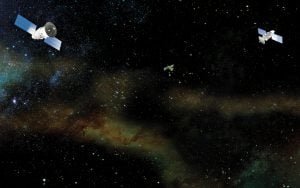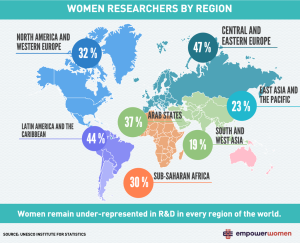
Environment
The truth about carbon capture
Carbon capture is big business, but its challenges fly in the face of the need to lower emissions. Can we square the circle on this technological Wild West?
- 5042 words
- 21 minutes
Science & Tech

Medical supplies, eyes on the Arctic and finding missing people — what do all these things have in common? Drones.
Remotely-piloted aircraft have been used for over a hundred years by the military, but only became used more conventionally in recent years. Here’s a few of Canadian Geographic’s favourite recent stories about how drones are being used.
Drones will deliver medical supplies to the Stellat’en First Nation, thanks to a partnership with UBC’s Faculty of Medicine. The pilot project will serve the remote Indigenous community, which is more than 100 kilometres west of Prince George.
Read more from Maple Ridge News
Starting in 2023, the waters of Nunavut will be surveyed for oil spills and marine habitats, shipping wll be monitored and ice cover will be monitored, thanks to a new drone purchase as part of Transport Canada’s National Aerial Surveillance Program.
Read more from Nunastsiaq News
WWF-Australia is testing specialized seed-dispersing drones to plant koala food trees and create wildlife corridors. Some drone models can disperse 40,000 seeds a day.
In Australia, they’re looking at the possibility of using unmanned aerial vehicle (UAV) technology as a cost-effective alternative to traditional surveillance methods that involve using manned surveillance flights, as well as a way to ensure any prohibited activities are not missed.
In Lindsay, Ont., a drone operator helped find tracks in the snow, which ultimately allowed emergency officials to follow in the footsteps of an elderly man who had gone missing.
Are you passionate about Canadian geography?
You can support Canadian Geographic in 3 ways:

Environment
Carbon capture is big business, but its challenges fly in the face of the need to lower emissions. Can we square the circle on this technological Wild West?

Science & Tech
As geotracking technology on our smartphones becomes ever more sophisticated, we’re just beginning to grasps its capabilities (and possible pitfalls)

Science & Tech
Unmanned aerial vehicles are controversial; we explore their pros and cons

Science & Tech
From Roberta Bondar to Harriet Brooks, Canada has more than its fair share of women scientists to be proud of. However women are still a minority in the STEM fields